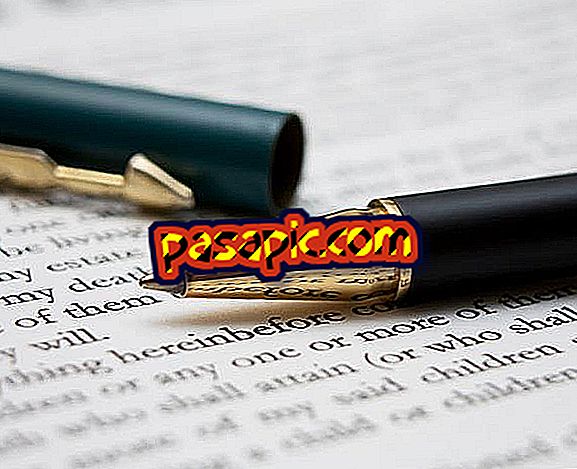How is the oral cavity

The oral cavity is located under the nostrils and is limited in five of its six faces by soft walls, that is to say by muscular striated walls. The elements contained in the oral cavity are: the tongue and the teeth. In addition, attached to the oral cavity are the major salivary glands: parotid, submandibular and sublingual whose excretory ducts open in it. We will review the elements of the oral cavity.
The anterior area of the oral cavity
Anterior wall of the buccal area, is formed by the lips, muscular skin folds (orbicular muscle) and mucosa that delimit the buccal opening between them. The skin of the free or red edge of the lip is thin, richly irrigated and innervated, allowing to discriminate the temperature and texture of the food.

Posterior area of the oral cavity
Posterior wall of the mouth or mouth, is formed by the soft palate, mucous and muscle fold that is inserted into the bony palate or hard. It presents elevating muscles and depressors of the palatal veil to allow it to function as a valve that will order the transit of food or air to the pharynx. The anterior or buccal aspect of the soft palate is very sensitive and its stimulation generates the gag reflex. The anterior pillars (palatoglossus) that delimit the isthmus of the fauces (between the buccal cavity and the oropharynx) and the posterior pillars (palatopharyngeal) that delimit the isthmus extend downwards from the anterior aspect of the palate. nasopharynx that separates naso from oropharynx. On each side, between the anterior and posterior pillar, the amygdala or palatine tonsil is located. From the lower edge of the soft palate hangs a mucous mucous called uvula.

Lateral walls of the oral cavity
Lateral walls of the mouth, formed by the cheeks, constituted by muscular skin planes (buccinator muscle) and mucosa from the outside inwards. The mucosa is thick, whitish and supports the rubbing of the dental arches during chewing. In the thickness of this wall there is a very developed adipose panniculus in the infant and in the woman.
Lower area of the oral cavity
Lower wall or floor of the mouth or oral cavity, which becomes apparent when the tongue is raised. It is covered by a very thin, transparent mucosa, which allows to see the underlying structures; This mucosa is so thin that some drugs can be administered sublingually for absorption. On this floor of the mouth lies the free part of the tongue.
Upper wall of the mouth
Upper wall, hard wall formed by the bony palate, is covered by a thick mucosa of masticatory type, which supports the pressure of food during chewing as well as high temperatures. In the anterior area of the palate a series of very characteristic roughnesses is detected.
The presence of the upper and lower dental arches will separate two areas in the oral cavity. Peripherally with respect to the dental arches, between these and the cheeks and lips, the buccal vestibule is located; Slit that is very deep in the anterior area. Centrally with respect to the arches is the oral cavity itself, which houses the tongue. These two regions, the vestibule and the oral cavity, communicate through the retromolar space, located behind the last molars.
Language
Tongue: organ constituted by striated musculature, covered by mucosa. The mucosa of the dorsal aspect is very specialized, covered by lingual papillae of various shapes (filiform, fungiform, goblet), and on this surface there are taste receptors. The tongue has a fixed posterior area and a mobile anterior area that is located on the floor of the mouth.
On the tongue there is an osteofibrous skeleton, formed by an aponeurotic lamina that extends from the hyoid bone to the tip of the tongue. The intrinsic and extrinsic muscles of the skeleton are fixed on this skeleton. The intrinsic musculature is represented by longitudinal and transversal muscle fibers whose contraction will determine changes in the shape of the tongue. The extrinsic musculature is formed by muscles that from neighboring structures such as the hyoid bone (hyoglossus muscle), the jaw (genioglossus muscle), the palate (palatoglossus muscle) and the skull (stiloglossus muscle) extend to the tongue, these muscles are responsible for the excursion movements of the tongue.


